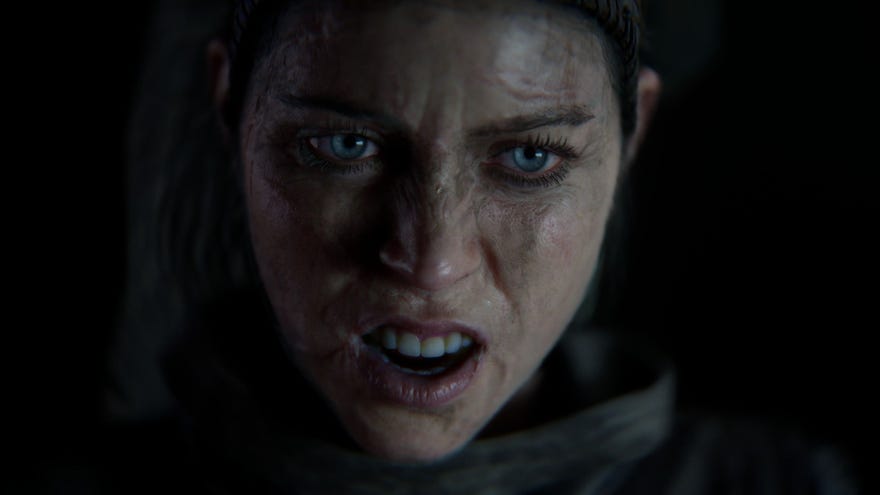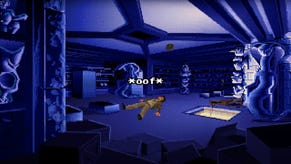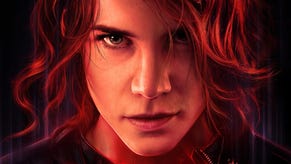Senua's Saga Hellblade 2 review: a visual step forward even more contemptuous of interactivity than the first
Par for the Norse
Three questions before we start:
1) Do you like Robert Eggers' film The Northman?2) Do you like games that mainly involve pressing 'forward' and not much else?
3) Do you like rocks?
If you answered 'yes' to all of the above, then I come bearing wonderful tidings for you about Senua's Saga: Hellblade 2. The sequel to Ninja Theory's 2018 action adventure is a bleak and brutal Norse tale about revenge and redemption told with a rigorous cinematic eye, set across volcanic landscapes that make Death Stranding's Icelandic hiking trails look like they're made from painted polystyrene.
If, however, you answered 'no' to any of the above questions, consider your purchase carefully. Hellblade 2 doesn't so much expand upon the ideas of the original as double-down on them, offering a leaner, meaner version of a concept that wasn't exactly overgenerous in the first instance. It's more harrowing, more fleeting, more linear and more contemptuous of player agency. It's entirely happy to make sacrifices to get to where it wants, and if you try to step in the way, well, up on the altar you'll go.
Hellblade 2 kicks off with Pict warrior Senua on a mission that's part rescue, part revenge. Having vanquished her personal demons in the first game, Senua now wants to stop the Norse raiding parties that killed her lover and adopted tribe, setting her off on that initial journey. To achieve this, Senua deliberately gets herself captured by slavers so they'll take her to their land. But the boat sinks in a storm before they arrive, leaving Senua in the odd position of having to capture a surviving slaver who can guide her to their settlement.
The opening sequence sets the tone of the game's first half, as Senua navigates a Nordic nightmare that makes her previous journey through actual hell look like a nice summer holiday. Lashed by rain and gouged by igneous razors on an eerie Scandinavian coastline, Senua scrambles across the scree while the slavers massacre the unfortunates who escaped the shipwreck, before taking her own blade to the raiders who come lumbering at her through the gloom.
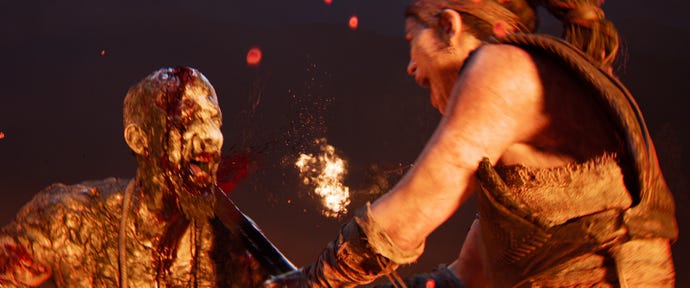

The whole level is striking in its savagery, and the next is even more barbaric. Like the Northman, atavism is a key theme in the game's depiction of both Norse legend and the violence attached to it. As Senua pushes deeper into the primordial Nordic landscape, she witnesses humanity regressing in steps, twisted into increasingly monstrous forms in their desire to survive and seek vengeance.
Yet while Hellblade 2 delves to nastier extremes than Eggers' film, it's also ultimately less nihilistic. As Senua' learns more about the land she's travelled to, her quest for vengeance against the slavers evolves into a different mission, one where the ability to forgive and absolve, which she learned for herself in the first game, plays a central role.
It's a good story, one that I was pretty invested in by its end. It helps that it's phenomenally presented. We may have reached the point where progress in the ol' graphics factory is made in nudges rather than leaps, but Hellblade 2 represents a noticeable nudge. There are moments in this where Senua just looks like a real person, and I'm pretty sure that, unlike the first game, it doesn't switch between real-time rendering and footage of Milena Juergens in makeup. Other elements like lighting, weather effects, and water simulation are similarly convincing.
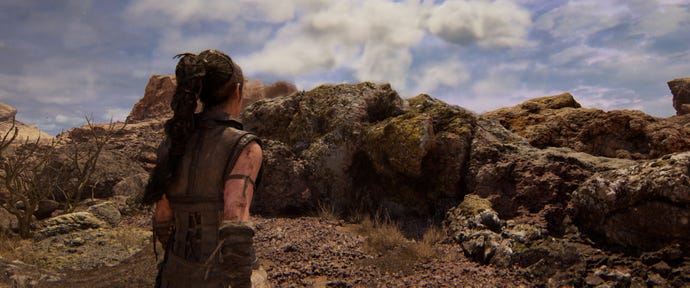
Then there are the rocks. I wasn't joking when I said you shouldn't play Hellblade 2 if you don't like rocks. This game is obsessed with them. From giant, fractal lava formations that curl like burned roses, through fist-sized, water-smoothed pebbles all rendered individually, all the way down to tiny granules of grit that deform under NPCs' feet as they trudge along hillside pathways, Hellblade 2 is a scintillating celebration of strata. I look forward to the inevitable "Geologist REACTS?!?!" YouTube video.
Stunningly detailed as its rocks are, I should point out that the presentational excellence is not merely graphical. The game's virtual camera work is impressive, particularly the way it uses landscape flyovers to switch between scenes without breaking immersion. It's also superbly written and acted, and displays similar quality in its audio design. As in the first game, this is most evident in its simulation of Senua's psychosis.
On this point, Hellblade 2 states at the outset that Senua has accepted her psychosis as part of herself, so the game is less of a direct exploration of this part of Senua's personal experience. But that doesn't mean it has gone away. The voices still whisper at her, question her, mock her, and perhaps most disconcertingly of all, try to help her. There are also moments when the hallucinations become more overt.
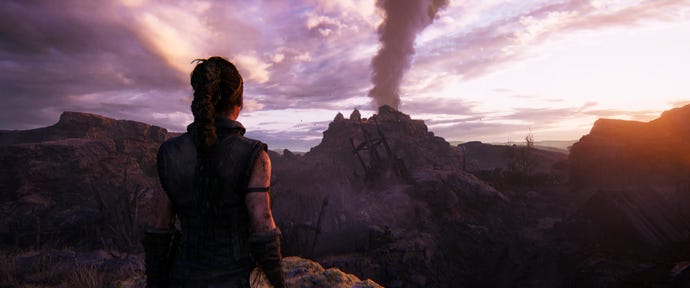
But Hellblade 2 is more about how Senua's personal experience affects her relationships with others. On this journey, Senua is accompanied by several travelling companions, and we see her struggle with how much to reveal about herself for fear of being judged or rejected. But she also uses her understanding of both her psychosis and past traumas to assist others going through similar moments of crisis. One character refers to Senua as a 'Seer'. But it's her empathy, not her visions, that make her uniquely perceptive.
As both a technical showcase and a story, Hellblade 2 is undoubtedly well made. The price of this, however, is that Hellblade 2 is even less of a game than the first one. It's a fairly short experience, about 8 hours long, and a big chunk of that involves walking slowly forward along oppressively linear paths, occasionally mantling over a ledge or picking up the 8th century equivalent of an audio log.
The remaining time, as in the first game, is divided between puzzles and combat. Also like the first game, the puzzles aren't very good. They all involve either wandering around the environment looking at objects from a particular angle, or wandering around the environment collecting stone orbs. Most involve some interesting visual effect that plays into Senua's divergent perspective on reality, but they require minimal deduction to solve and are interactively unsatisfying.

Combat is more entertaining. Senua's moveset remains fairly straightforward: she can perform light and heavy attacks with her sword, as well as block and dodge. She can also use her mirror to enter a sort-of berserker state, slowing down time while speeding up her own attacks, and execute an enemy instantly if she performs a perfect block. But Hellblade 2 places additional emphasis on cinematic consistency. Battles are essentially a sequence of one-on-one duels that the game dictates the order of, with each duel interweaved by mini-cutscenes designed to add drama, making you feel like part of a bigger melee.
The advantage of this is that battles look superb. Senua will get smacked to the floor by some mace-wielding brute, roll to avoid an overarm deathblow, rise up to thrust her sword through his chest, before being stumbled into by another enemy who becomes the next focus in the fight. It's impressively seamless, although the number of times Senua gets run into by someone else, like a tourist lost in London King's Cross, has considerable meme potential.
The disadvantage is that, even in these moments, the game constantly pulls away control, to the point where it's often unclear whether you're playing or not. The original Hellblade felt like it could have been a decent Soulslike with a bit more depth, but Hellblade 2 pulls the game further away from that, bringing it closer to a game like Asura's Wrath. The result is an experience that makes you feel hemmed in by its cinematic aspirations, to the point where it's like playing a game next to your selfish big brother, who reluctantly lets you sit in front of the keyboard and then constantly mithers for his chair back. I was happier to overlook these tendencies in the first game, because the story it told was so different from other action-adventures. But I don't think Hellblade 2's story does enough that's new or different to justify it being even more restrictive.
I like Hellblade 2, and without wishing to sound churlish, I'd definitely give it a whirl if I had a Game Pass subscription. But in a month that's included Animal Well and Crow Country and Cryptmaster and Little Kitty, Big City and Dread Delusion and Indika and Lorelei and the Laser Eyes, dropping fifty notes on this shiny but safe sequel just seems daft. Amid such a cornucopia of imagination, Hellblade 2 needed to be more than just more Hellblade, to elevate the ideas of the first game and build them out. But for all its technical wizardry and narrative worth, more Hellblade is exactly what Hellblade 2 is.
This review is based on a retail build of the game provided by the publisher.
